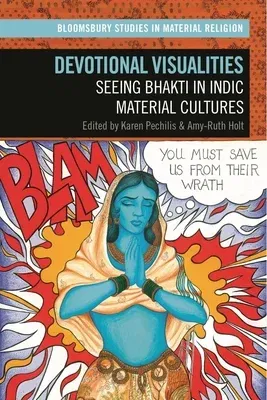This book is the first to focus on material visualities of bhakti
imagery that inspire, shape, convey and expand both the visual practices
of devotional communities as well as possibilities for extending the
reach of devotion in society in new and often unexpected ways.
Communities of interpreters of bhakti images discussed in this volume
include not only a number of distinctive Hindu bhakti groups, but also
artisans, diaspora women, South Asian Sufis, businessmen, dancers, and
filmmakers.
As theorized in recent scholarship, `visuality' is an imaged
materiality that shapes reality and does not just reflect it. This
volume's identification of devotional practices of looking, such as
materializing memory, mirroring and immaterializing portraits, and
shaping the return look, connect material and visual cultures as well as
illustrate modes of established and experimental image usage.
Bhakti is one of the most-studied aspects of Indic devotionalism on
account of its expression through emotive poetry, song and vivid
hagiographies of saints. To date, there have been many publications on
bhakti texts, but none centrally focused on Indic devotional
visualities that engage bhakti imagery. The diverse devotional
visualities analyzed in this volume meaningfully circulate bhakti
images in past and present, generating their renewed relationship to
contemporary concerns.

